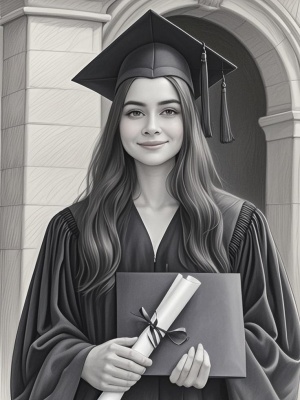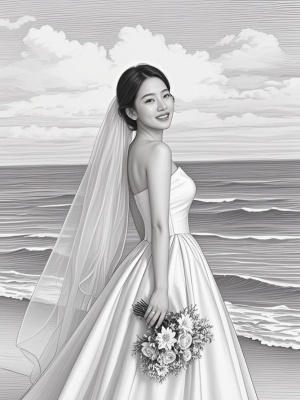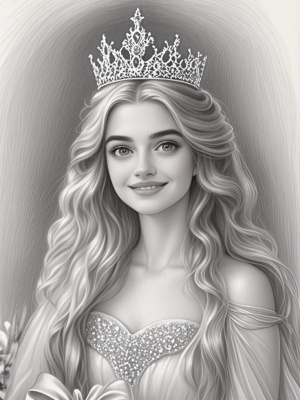The Art and Technique of Pencil Sketches: A Comprehensive Guide
Introduction to Pencil Sketch Artwork
Pencil sketches represent one of the most fundamental yet expressive forms of visual art. From quick gesture drawings to highly detailed portraits, pencil artwork offers artists incredible versatility. Whether you're a beginner exploring AI art techniques or a traditional artist, understanding pencil sketching fundamentals can elevate your creative practice.
The Essential Elements of Pencil Sketching
1. Choosing the Right Pencil Tools
Professional artists know that pencil selection dramatically affects sketch quality. The graphite grading system ranges from 9H (hardest) to 9B (softest), with HB as the middle ground. For detailed pencil artwork, consider these options:

- H pencils (2H-6H) for light guidelines and technical drawings
- HB and B pencils for general sketching
- 2B-6B for shading and darker values
- 8B-9B for rich, dramatic shadows
2. Mastering Shading Techniques
Shading transforms flat drawings into three-dimensional pencil sketches. Popular techniques include:

- Hatching (parallel lines)
- Cross-hatching (crisscrossing lines)
- Stippling (dots)
- Blending (smudging for smooth gradients)
According to Tate Museum's art glossary, these techniques date back to Renaissance masters.

Problem-Solution Matrix for Common Sketching Challenges
Challenge: Flat or Lifeless Drawings
Solution: Focus on value contrast. A good pencil artwork should have a full range from pure white to deep black. Use a value scale to practice gradual transitions.
Challenge: Overworking the Sketch
Solution: Work from general to specific. Start with light construction lines, gradually building up details. Many artists recommend the "70% rule" - stop before you think the drawing is finished.
Digital vs. Traditional Pencil Sketching
With the rise of AI painting tools, digital sketching has become increasingly popular. However, traditional pencil artwork offers unique tactile benefits:
- Direct connection between hand pressure and line quality
- No need for technical troubleshooting
- Original physical artwork that can be framed
Digital alternatives provide undo functions and easy sharing, making them ideal for portfolio development.
Conclusion: The Timeless Appeal of Pencil Art
Pencil sketches remain one of the most accessible yet profound art forms. Whether creating quick studies or detailed masterpieces, the humble pencil offers endless creative possibilities. As noted by the Metropolitan Museum of Art, drawing has been central to artistic practice for centuries. By mastering fundamental techniques and experimenting with modern tools, artists can develop a versatile pencil artwork practice that bridges traditional and digital realms.